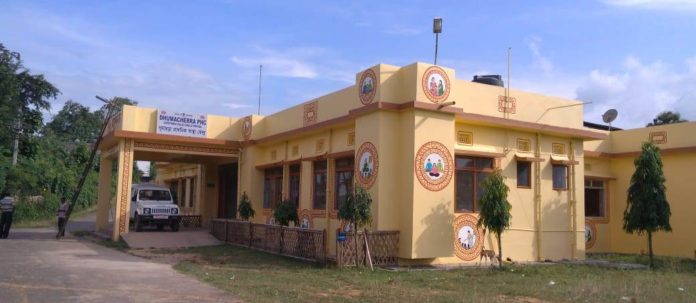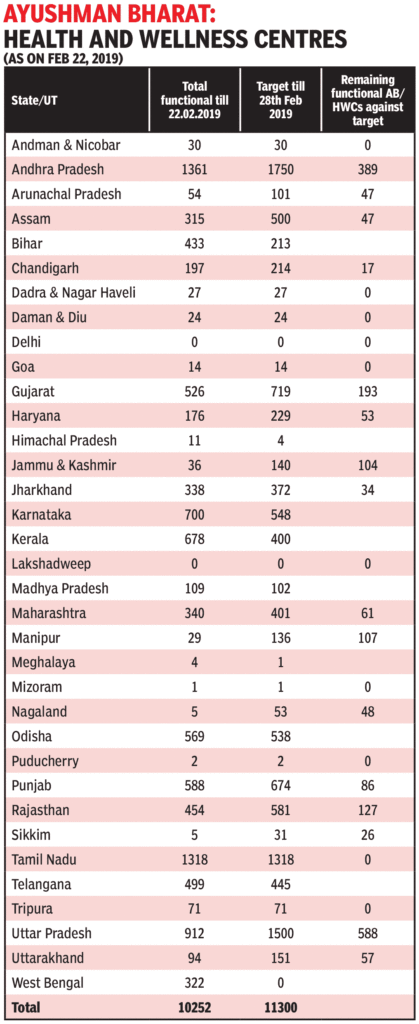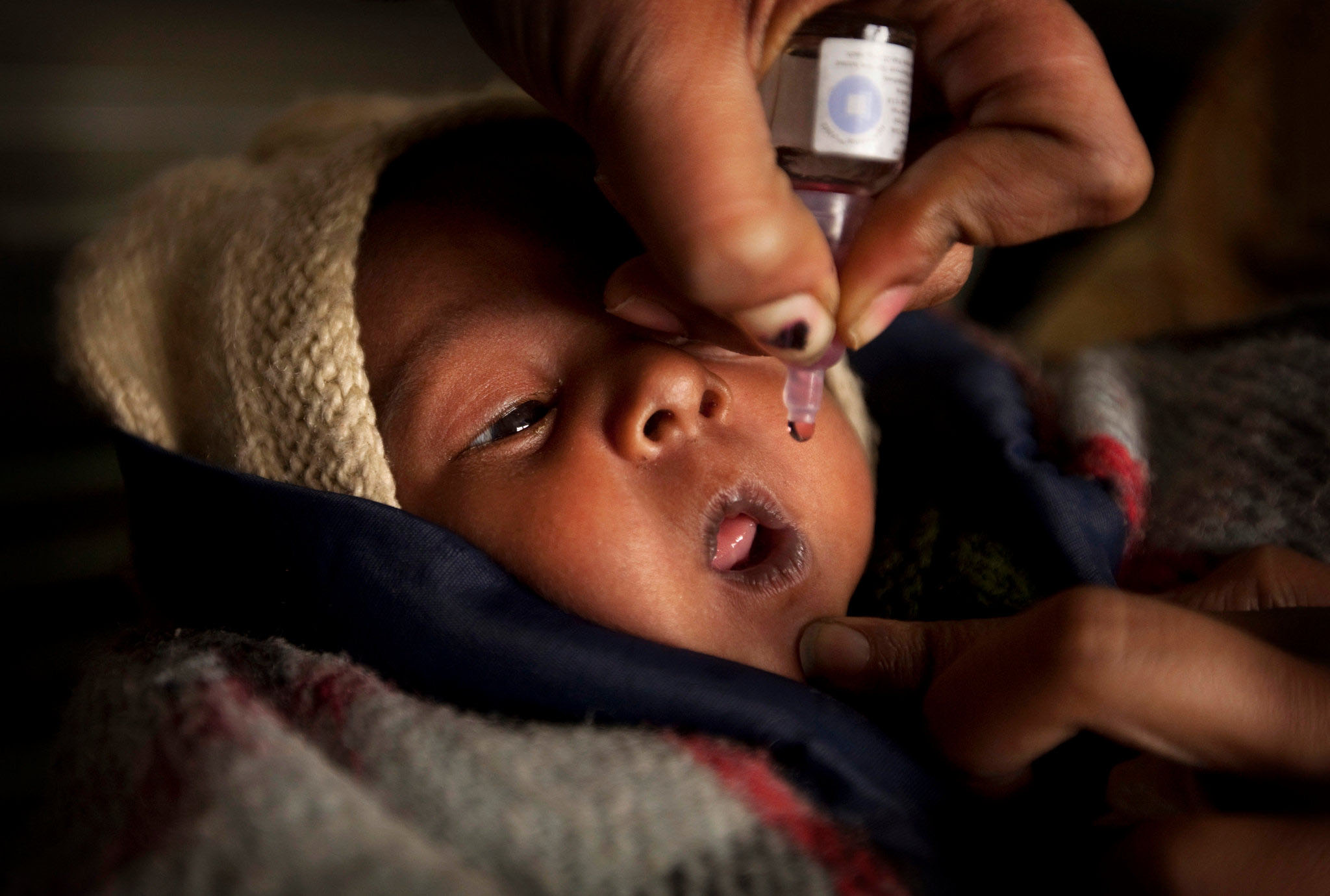
In the first year of Ayushman Bharat, 10,000 of 1,53,000 health and wellness centres were to be set up; the target has been met with two months to spare
It has not been a year that prime minister Narendra Modi inaugurated the first health and wellness centre (HWC) in Chhattisgarh but the first year’s target of 10,000 centres has already been met. A total of 10,252 HWCs have been made operational across the country.
The first HWC under Ayushman Bharat was inaugurated by Prime Minister Modi on 14thApril 2018. The states of Andhra Pradesh, Tamil Nadu, Uttar Pradesh, Karnataka and Kerala lead the way with the highest number of HWCs. Andhra Pradesh has operationalized 1361 HWCs, Tamil Nadu 1318, UP 912, Karnataka 700 and Kerala 678 HWCs.
A total of 1,33,84,332 women and men, thirty years of age and above have been screened for common Non Communicable Diseases (NCDs) at these HWCs. The status of universal NCD screening, newly identified positive cases and individuals on treatment at HWCs is as follows:
| Condition | Screened for Common NCDs | New Identified Positive | On -Treatment |
| Hypertension | 1,30,03,064 | 9,01,994 | 22,69,192 |
| Diabetes | 97,78,916 | 8,90,663 | 12,13,860 |
| Oral Cancer | 71,85,388 | 13,747* | 1495 |
| Breast Cancer | 16,67,090 | 12,098* | 1848 |
| Cervical Cancer | 12,26,799 | 11,923* | 872 |
Ayushman Bharat (AB), is India’s path to Universal Health Coverage. It signifies a move from selective health care to the delivery of a comprehensive range of services spanning preventive, promotive, curative (both outpatient and hospitalization), rehabilitative and palliative care
The National Health Policy, 2017 recommended strengthening the delivery of primary health care, through establishment of “Health and Wellness Centers” (HWCs) as the platform to deliver Comprehensive Primary Health Care (CPHC).

Ayushman Bharat has two components which are complementary to each other. Under its first component, 1,50,000 existing Sub- Health Centres (SHCs) and Primary Health Centres (PHCs) will be transformed to Health & Wellness Centres (HWCs) to deliver Comprehensive Primary Health Care (CPHC), that is universal and free to users, with a focus on wellness and the delivery of an expanded range of services close to the community. The wide range of services provided at these Health and Wellness Centres will encompass maternal and child health services, communicable and non-communicable diseases, services for the elderly and palliative care including free essential drugs and diagnostic services.
In the urban context, the Urban Primary Health Centres or Urban Health Posts where they exist, would be strengthened to deliver comprehensive primary health care. The norm of One Multipurpose worker MPW-(F) per 10,000 population supported by four-five ASHAs, will enable outreach services, preventive and promotive care and home and community-based services. Therefore, in the urban context, the team of ANM and ASHA would be considered to equivalent to a frontline provider team with the first point of referral being the UPHC catering to about at 50,000 populations.
Ayushman Bharat (AB), is India’s path to Universal Health Coverage. It signifies a move from selective health care to the delivery of a comprehensive range of services spanning preventive, promotive, curative (both outpatient and hospitalization), rehabilitative and palliative care. It aims to undertake path breaking interventions to holistically address health at primary, secondary and tertiary level. It is perhaps the single most important reform measure of Government of India, to address the major challenges of increasing prevalence of chronic diseases, high out of pocket expenses, and fragmented care delivery.













